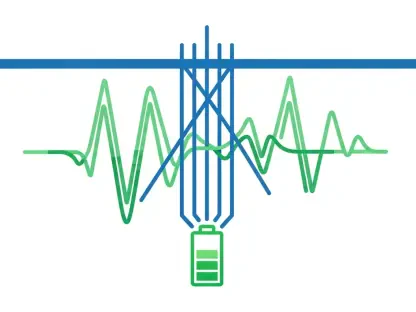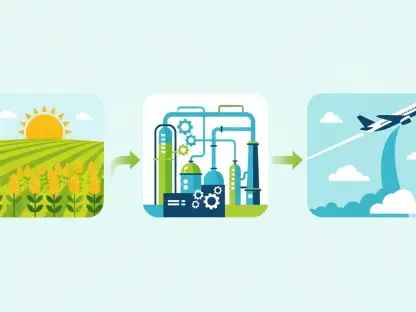The beef industry is frequently criticized for its environmental impact, primarily due to methane emissions from cattle. Yet, focusing on efficiency rather than reducing meat consumption levels globally could be the key to addressing these concerns. Sarah Klopatek, the chief livestock scientist at JBS, presented compelling insights at the Saskatchewan Beef Industry Conference in Saskatoon, suggesting that improved efficiency in beef production systems is essential for mitigating greenhouse gas emissions. Livestock in Canada contribute approximately 4.8 percent of all direct emissions, with cattle accounting for half of this percentage. Although that might seem significant, the real story comes to light when considering the broader agricultural sector, which is responsible for about 30 percent of global greenhouse gas emissions when including all indirect emissions from the production chain. Developed nations like Canada and the United States, which exhibit more efficient production practices, have managed to lower their beef production emissions compared to developing countries.
Global Emission Variations and Efficiency
An essential point made by Klopatek was the significant variation in carbon intensities of beef cattle systems around the world. For instance, it can take up to four animals in developing countries to produce the same amount of beef as one cow in Canada. This disparity indicates that improving efficiency in these regions could be a more effective strategy for reducing global emissions than merely advocating for lower meat consumption. Enhanced efficiency reduces the number of cattle needed, directly impacting the methane emissions released by the herd. This approach not only helps in cutting down emissions but also improves food security, as fewer resources are required to produce the same amount of meat. By focusing on better management practices and productivity in developing countries, the global beef industry could make significant strides in environmental sustainability.
Despite a reduction in cattle herds, countries like Canada have managed to increase meat production due to improvements in efficiency. From 2014 to 2024, the Canadian beef sector has reduced its greenhouse gas emissions by 17.5 percent. This remarkable achievement underscores the importance of adopting efficiency-focused strategies for enhancing food production while simultaneously cutting emissions. The Canadian example illustrated that it is possible to strike a balance between producing sufficient food and reducing the environmental impact. Developed countries have been successful in adopting improved cattle genetics, better health management, and advanced grazing techniques, all contributing to the industry’s overall efficiency.
The Role of Management Practices
Management practices have a significant impact on greenhouse gas emissions in the beef industry. Klopatek emphasized that adapting management approaches with clearly defined goals related to animal health, grazing, genetics, and other factors can notably reduce the industry’s carbon footprint. For example, strategic pasture management can enhance carbon sequestration in soils, offsetting some emissions caused by cattle. Additionally, employing advanced breeding techniques and proper veterinary care can ensure that fewer animals are needed to produce adequate meat, further curbing overall emissions. These practices not only contribute to emission reductions but also enhance the profitability and sustainability of beef production.
Addressing misinformation about the beef industry is also crucial. Sharing accurate information and communicating the achievements of cattle producers play integral roles in changing public perception. Many people are unaware of the strides made and the proactive measures taken by the beef industry to become more sustainable. By highlighting successful case studies and evidence-based practices, the industry can foster a better understanding and support among stakeholders and consumers. This effort to inform the public can lead to more informed choices and policies that consider efficiency as a viable and necessary path for reducing emissions while maintaining food production levels.
Conclusion: Efficiency as a Key Factor
The beef industry often faces criticism for its environmental impact, mainly due to methane emissions from cattle. However, instead of cutting down on global meat consumption, enhancing efficiency in beef production might be the solution to these environmental concerns. Sarah Klopatek, the chief livestock scientist at JBS, offered valuable insights at the Saskatchewan Beef Industry Conference in Saskatoon, emphasizing that greater efficiency in beef production systems is crucial for reducing greenhouse gas emissions. In Canada, livestock account for around 4.8 percent of all direct emissions, with cattle responsible for half of this amount. While this may seem substantial, the larger picture becomes clear when considering the entire agricultural sector, which contributes roughly 30 percent of global greenhouse gas emissions, including all indirect emissions throughout the production chain. Developed countries like Canada and the United States, which use more efficient production methods, have successfully reduced beef production emissions compared to developing nations.









